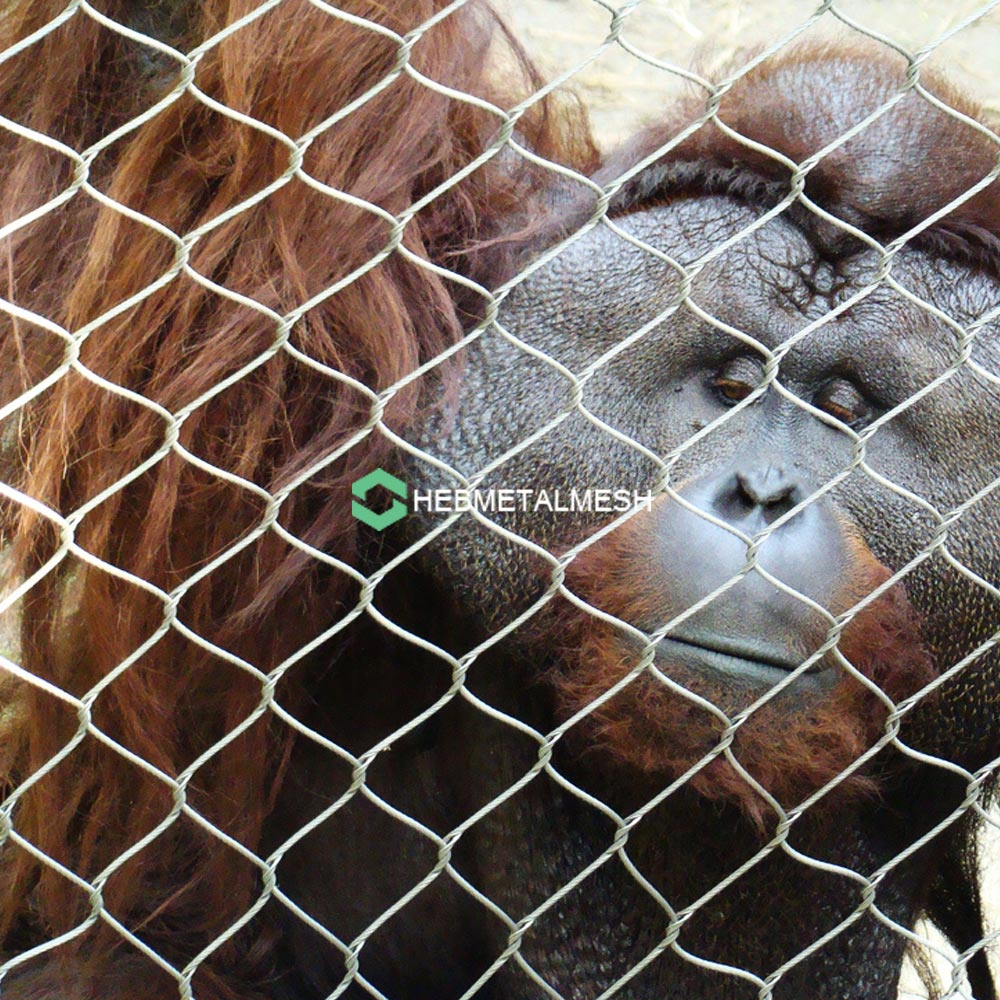Creating a safe and secure environment for animals is crucial. The right animal enclosure fencing plays a key role in this.
From zoos to farms, the need for effective wildlife fencing is universal. It ensures animal safety and aids in conservation efforts.
In this guide, we delve into the various aspects of fencing for animal enclosures. We’ll explore types, benefits, and key considerations to help you make informed decisions.
Understanding the Basics of Animal Enclosure Fencing
Animal enclosure fencing serves multiple purposes. It prevents escapes and protects animals from external threats.
Different species require different types of fencing. The choice depends on the animal’s size, strength, and behavior.
Here are some key factors to consider:
- Height and strength of the fence
- Visibility and impact on animal stress
- Durability and weather resistance
- Customization options for specific needs
Understanding these basics will guide you in selecting the right fence solutions for your animal enclosure.
Types of Fencing Materials and Their Benefits
Various materials are used in animal enclosure fencing. Each has its unique benefits.
Wooden fences, for instance, offer a natural look. They blend well with the environment.
Metal fences, on the other hand, are known for their strength. They are ideal for large, strong animals.
Finally, electric fences serve as effective deterrents. They can prevent both escapes and intrusions. Choosing the right material is crucial for the safety and well-being of the animals.
Key Considerations for Choosing the Right Fence
When choosing animal enclosure fencing, several factors come into play.
Firstly, consider the species of animal. Different animals have different fencing needs.
Secondly, the size and strength of the animal matter. Larger, stronger animals require sturdier fences.
- Species of animal
- Size and strength of the animal
- Climbing or digging habits
- Visibility needs
Lastly, consider the animal’s habits. Some animals are climbers or diggers, requiring specific fence designs. Visibility is also a key factor, as some animals stress if they can’t see beyond the fence.
Installation and Maintenance: Ensuring Longevity and Safety
Proper installation of animal enclosure fencing is crucial. It ensures the fence’s effectiveness and longevity.
Regular maintenance is equally important. It helps identify any potential issues early on.
In conclusion, a well-installed and maintained fence guarantees the safety of the animals and the people around them. It’s a worthwhile investment for any animal enclosure.
Legal and Ethical Aspects of Wildlife Fencing
When planning for animal enclosure fencing, legal and ethical aspects must be considered. Different regions have specific regulations regarding wildlife fencing.
Ethical considerations are equally important. The fencing should not harm the animals or restrict their natural behavior excessively.
In conclusion, it’s essential to balance legal requirements and ethical considerations when designing and installing wildlife fencing.
Innovative and Eco-Friendly Fence Solutions
In the realm of animal enclosure fencing, innovation is key. Newer fencing solutions aim to minimize the impact on the natural environment while ensuring animal safety.
Materials like recycled plastic and bamboo are becoming popular. They are durable, weather-resistant, and have a lower environmental footprint.
Incorporating such eco-friendly solutions can contribute to sustainable wildlife conservation efforts. It’s a win-win for both the animals and the environment.
Conclusion: Balancing Security with Animal Well-being
In conclusion, the right animal enclosure fencing is a balance. It ensures security while promoting animal well-being.
Choosing the right materials, design, and installation methods can make a significant difference. It can prevent escapes, protect from predators, and reduce animal stress.
Remember, a well-planned and maintained fence is a key component of successful wildlife conservation and animal care.





